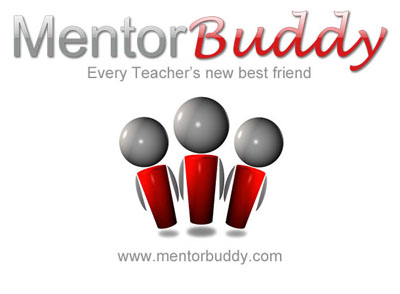
Here are some ideas that can help you get going:
- Youtube: The video sharing website has a wealth of educational videos if you know how to properly use the search feature. You can quickly find a relevant video and show it to the class as part of your lesson.
- Twitter: Among other things, you can use Twitter to keep in touch with your students while they are away from the classroom or to encourage group-work. Check the previous blog post for a more detailed description.
- Mp3 players: there are many ways for using an mp3 player in the classroom. They're great for listening comprehensions and are extremely helpful for teaching foreign languages.
- Blogs: encourage each student to start a blog and use these periodically to compliment particular subjects. You can tell them to write an article and publish it in their blog and then encourage them to comment and rate each other's work.
- Gaming consoles and video games: there are many educational games available on the market. Many of them available on popular hand-held consoles such as the Nintendo DS. Make sure that you read online reviews about the video game and that you plan on how these will be used in the classroom before committing yourself to buying them.













